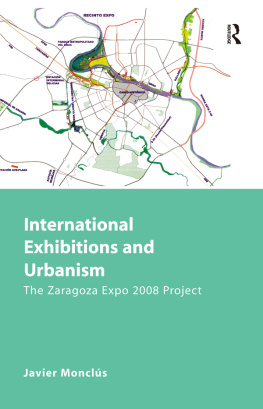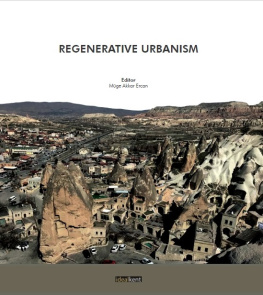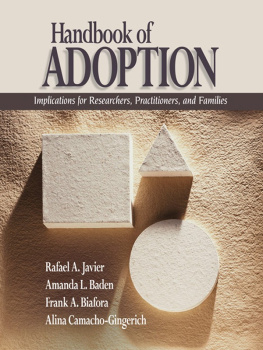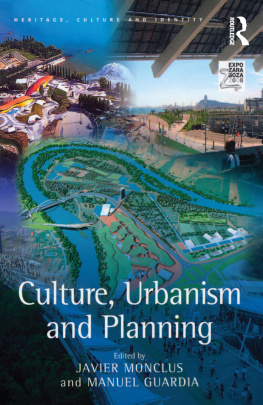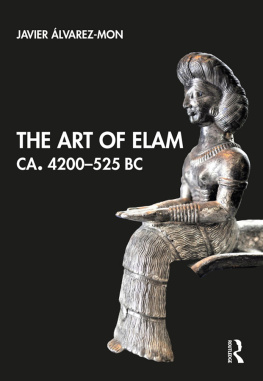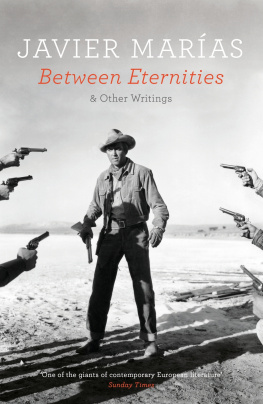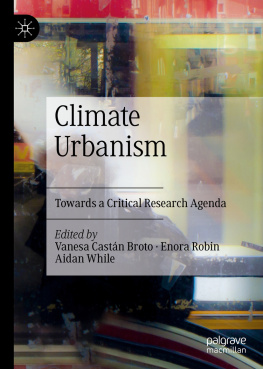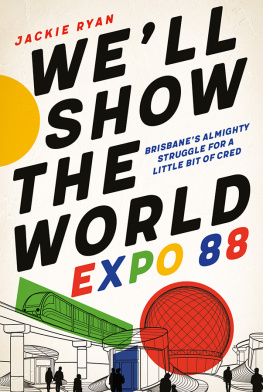INTERNATIONAL EXHIBITIONS AND URBANISM
This book is dedicated to those students and individuals interested in collective urban development projects such as Expo Zaragoza 2008
International Exhibitions and Urbanism
The Zaragoza Expo 2008 Project
JAVIER MONCLS
Politechnical University of Catalonia, Spain
First published 2009 by Ashgate Publishing
Published 2016 by Routledge
2 Park Square, Milton Park, Abingdon, Oxon OX14 4RN
711 Third Avenue, New York, NY 10017, USA
Routledge is an imprint of the Taylor & Francis Group, an informa business
Copyright Javier Moncls 2009
All rights reserved. No part of this book may be reprinted or reproduced or utilised in any form or by any electronic, mechanical, or other means, now known or hereafter invented, including photocopying and recording, or in any information storage or retrieval system, without permission in writing from the publishers.
Notice:
Product or corporate names may be trademarks or registered trademarks, and are used only for identification and explanation without intent to infringe.
Javier Moncls has asserted his right under the Copyright, Designs and Patents Act, 1988, to be identified as the author of this work.
British Library Cataloguing in Publication Data
Moncls, F. J. (Francisco Javier)
International exhibitions and urbanism : the Zaragoza Expo 2008 project.
1. Exhibitions--History. 2. Exposicion Internacional de
Zaragoza (2008)--Planning. 3. Exposicion Internacional de
Zaragoza (2008)--Buildings. 4. Civic improvement. 5. City planning--Spain--Zaragoza.
I. Title
307.1416-dc22
Library of Congress Cataloging-in-Publication Data
Moncls, F. J. (Francisco Javier)
International exhibitions and urbanism : the Zaragoza Expo 2008 project / by Javier Moncls.
p. cm.
Includes bibliographical references and index.
ISBN 978-0-7546-7650-8 1. International exhibitions--History. 2. Urbanism--Exhibitions--History. 3. Exposicion Internacional de Zaragoza (2008) I. Title.
T395.M66 2009
307.1416--dc22
2008053601
ISBN 9780754676508 (hbk)
Contents
This second edition was sent to print almost one year after the Zaragoza Exposition was held (summer 2008)1 and there have been many notable occurrences. In relation to the first part of the book, two new International Exhibitions have been announced for after Shanghai 2010 (China) Yeosu 2012 (South Korea) and Milan 2015 (Italy). In this way, we can observe how there has been continuity and renewal of the urban-development strategies linked to holding events of different scales and in different geographical and urban settings. Likewise, with regard to the Expo Zaragoza 2008 Project, it should be mentioned that its initial urban development goals have been achieved, at least in reference to the projects planned for execution, both those designed for the Expo site and the associated works included in the Accompanying Plan. It is safe to say that the event has allowed an important series of urban projects to be fostered and catalysed. These projects were necessary for Zaragoza and are now visible and quantifiable: a metropolitan park with sporting, recreational and cultural facilities; the regeneration of the urban stretches of the rivers; plus associated road and transport infrastructure, among others. However, there is more than just a built legacy and direct impact on urban development; the permanent imprint of the ephemeral would be limited if they ended there. The deep, catalysing effect will begin after Expo, with the putting in place of the tertiary, recreational and service core, the fulfilment of riverbank projects and the progressive impetus given to them, the completion of the greenbelt, and so on. The challenge ahead is now how to take full advantage of the Expo spirit and bring forth new projects that take a quantum leap in conditions of livability and sensible and integrating development to Zaragozas urban design.
Note
Two other works regarding Expositions and the Zaragoza Project have been published in this period (in English): J. Moncls, International Exhibitions and Planning. Hosting Large-Scale Events as Place Promotion and as Catalysts of Urban Regeneration, in J. Moncls and M. Guardia (eds), Culture, Urbanisme and Planning (Aldershot: Ashgate, 2006); J. Moncls (ed.), El Urbanismo de la Expo. El Plan de Acompaamiento/Expo Urbanism. The Accompanying Plan (Zaragoza: Expoagua-Actar, 2008).
Modern cities embody many opposing forces: where there is growth there is consumption; where there is speed there is exhaustion; where there is diversity there is segregation; where there are intense activities there is degradation. These are some of the tensions that shape todays urban experience and that contribute to drive the renewed interest in Expositions to which this volume is a great testimony.
In this engaging book, Javier Moncls masterfully synthesises the strategic role of Expositions in urban planning and the challenges of those that strive to create the better city of tomorrow. Because of its mandate to oversee Expositions, a critical concern for the Bureau International des Expositions (BIE) is the future of cities. Cities will increasingly reflect and rely upon a culture of sustainable urban development, with Expositions becoming an important instrument for sharing practices and fuelling global debates for solutions.
Today cities hold the key to the implementation of best practices for designing, planning and building quality environments for urban life. When a city chooses to host an Exposition it is never done in a vacuum: each Exposition is integrated into the citys strategic development plan and often plays a role in boosting the desired transformation. Monclss insightful analysis into the different experiences of hosting an Exposition makes this volume an important milestone to further encourage the understanding of the importance of Expositions in shaping cityscapes and culture.
While Expositions have been often connected to the adjective ephemeral, this volume reinforces their concrete and lasting character. Expositions, in fact, have always had a place in city planning as strategic instruments for urban, economic and cultural renewal. Despite only having a lifespan of three to six months, Expositions belong to the realm of long-term projects for the transformation of the city. Both the BIE and Moncls converge on the view that an Expositions successful long-term impact depends on the ability to manage its integration in the city and to align it with broader goals.
The BIE places extremely high importance on the integration of the Expo site into the city and on the need to plan for its reutilisation. These concerns are, in fact, encoded and regulated by a 1994 Resolution of the General Assembly stating the conditions of the insertion and reutilisation of the site. The Resolution states that:
In order to ensure the contribution which exhibitions should make to the development and the improvement of the quality of life, the organisers should accord a primordial importance to:
the environmental conditions of insertion of the site and the infrastructures of access; to the reduction of the risks of pollution, to the preservation and constitution of green spaces and to the quality of real estate development.

